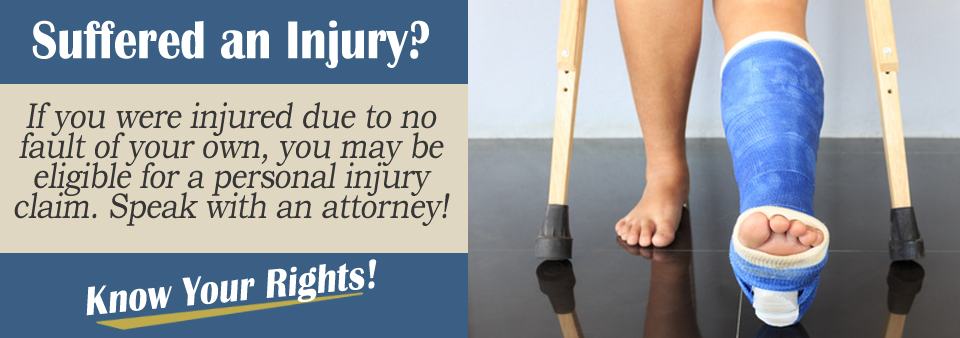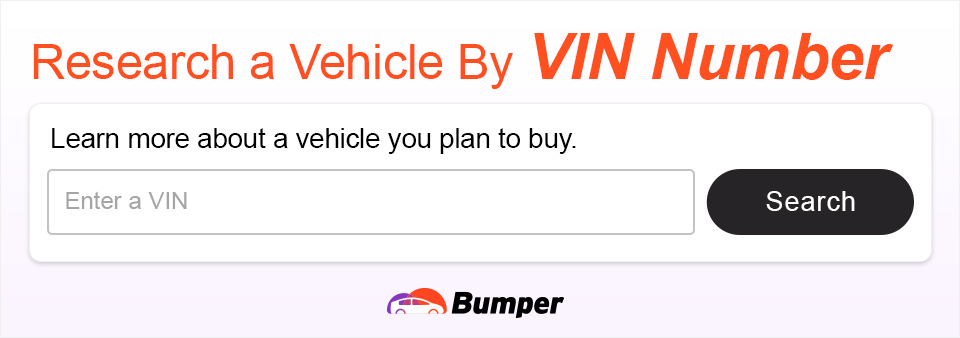Rear-end collisions are common car accidents. Usually, the driver who is behind and rear-ends the other vehicle is determined to be at fault. However, if you are in a chain reaction crash, you might be left wondering how much blame will fall on you.
In general, it is the responsibility of everyone on the roads to properly maintain their vehicle, be alert and attentive and avoid running into any other vehicles, people or objects. This is true even if you are following a vehicle that brakes or stops suddenly.
In these situations, the driver who is tailing behind should have kept enough distance and paid enough attention to stop in time to avoid a crash. So, that driver would be at fault. But, if there are multiple vehicles, the outcome might be different.
If You Get Rear-Ended and Hit the Car In Front of You, Whose Fault Is It?
In most cases, but not all, the vehicle that rear ends the vehicle in front is found in fault and the driver of that vehicle is then liable for any damage to the vehicle hit and injuries caused to its occupants.
A situation in which a vehicle is hit by another vehicle behind them and is pushed so hard that it then hits another vehicle in front complicates the normal scenario. The specific circumstances will then dictate who is liable for damage in a domino effect accident.
In most circumstances, the driver of the rear most vehicle will still probably be found at fault and will be liable for damage and injuries to all other vehicles hit, whether directly or indirectly. However, in some instances, the liability may be shared between more than one driver.
It all depends on whether any of the drivers have behaved negligently. In many states, if there are found to be shared negligence in a vehicle accident, then liability and compensation for any damages are caused are also shared.in some states, any degree of fault nay invalidate any attempt to seek compensation.
For example, if a vehicle is stopped at an intersection 10 feet from the vehicle in front and is hit by another vehicle from the rear so violently that they are pushed into the vehicle in front, then the rear most vehicle will probably be considered solely at fault.
However, if the middle vehicle was too close to the vehicle in front, then any damage they do to that vehicle, even though they were hit themselves, may be partly their responsibility in any personal injury claim.
Chain Reaction Rear-End Collision
In a chain reaction rear-end collision, where you are stopped behind another vehicle and you are hit from behind then shoved into the car in front of you, usually the car at the very back that started the chain reaction is at fault.
In rare circumstances, you could be partially at fault if you were not stopped far enough back from the vehicle in front of you.
For example, if you were stopped 10 feet from the car in front of you and you were hit so hard that you were thrown forward that 10 feet and into the car in front of you, it is obvious that you were not acting negligently. If you were stopped one foot away from the car in front of you, then the crash might have been avoided if you had stopped at a reasonable distance.
Across the United States, a rear-end collision is almost always the fault of the car behind. The same goes for chain reaction rear-ended at a red light collision crashes.
The Accident Report
Usually, the accident report will offer a preliminary review of the crash and will explain who was at fault. Preliminary fault should go on the driver who was at the back of the vehicles and who caused the initial rear-end collision.
You will need to notify your insurance carrier right away, so they can review the accident report and get a statement from you regarding what happened.
They will need to determine that you are not at fault and that they are not liable for any damages that resulted from the crash. An attorney will determine which damages you suffered and the value of your claim.

Consult with a Personal Injury Attorney
If you have been involved in a chain reaction rear-end collision, you should consult with a personal injury attorney. Accident injury claims are challenging, and sometimes determining liability requires experienced legal counsel investigating.
Complete the Free Case Evaluation Form on this page, so you can have your claim reviewed by an experienced accident injury lawyer in your area. A strict statute of limitations applies, so make sure your get your claim on track right away.
